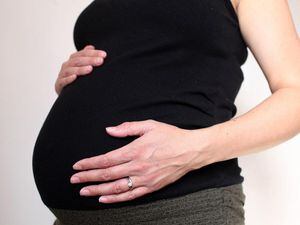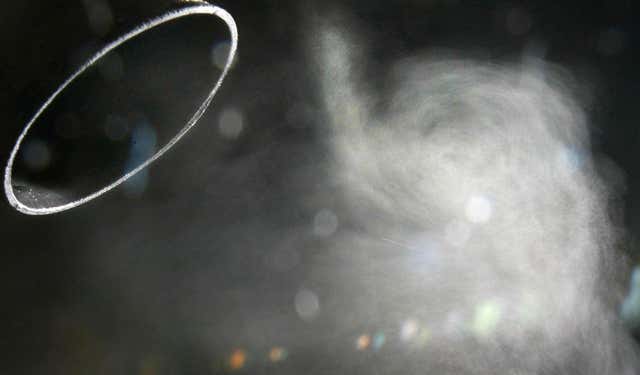Air pollution linked to smaller head sizes in unborn babies
The study by the University of Aberdeen reviewed data from over a decade.

Exposure to air pollution is linked to babies’ growth during pregnancy, according to a new study.
Scientists at the University of Aberdeen reviewed a decade’s worth of research from around the world to establish the extent to which mothers’ exposure to air pollution, diet, alcohol and chemicals affects fetal growth.
The evidence suggests exposure to nitrogen dioxide results in smaller head sizes, particularly in the last three months of pregnancy.

“Previous research has shown that being small – for gestational age – at birth is associated with increased risk for conditions that include coronary artery disease, type two diabetes and asthma.
“Our research has shown that the link between exposure and fetal growth is apparent well before birth, so any potential interventions need to happen in the early stages of pregnancy.
“Furthermore, the findings also suggest that public health measures are urgently required to minimise pregnant mothers’ exposures to nitrogen dioxide.”
Nitrogen dioxide is primarily generated by vehicle traffic, but can be present in the home from cigarette smoke or butane and kerosene heaters and stoves.





